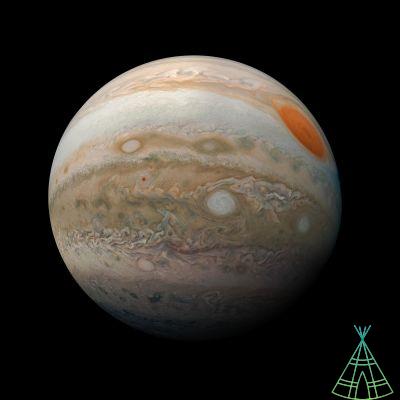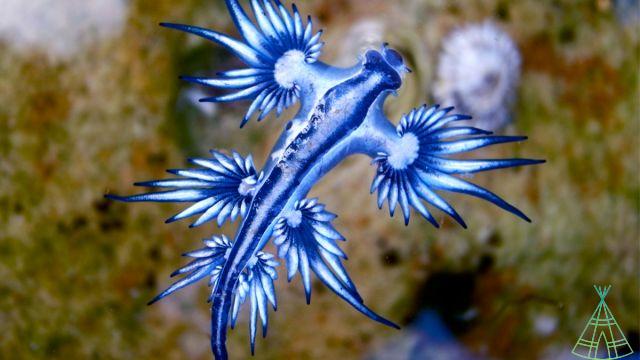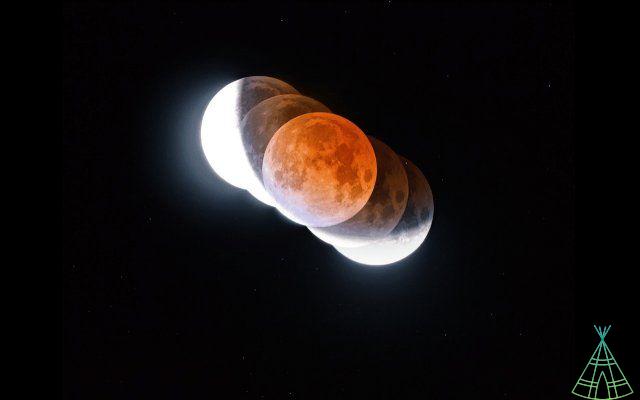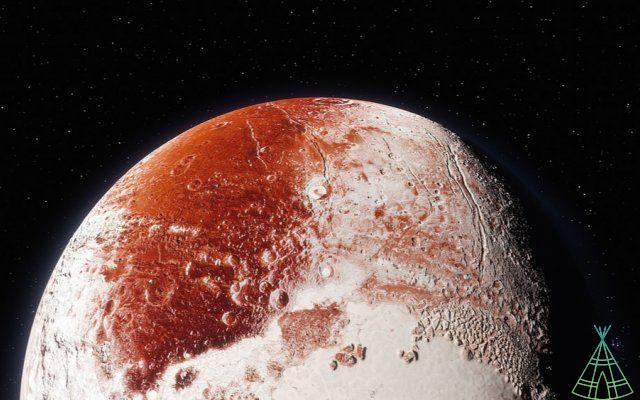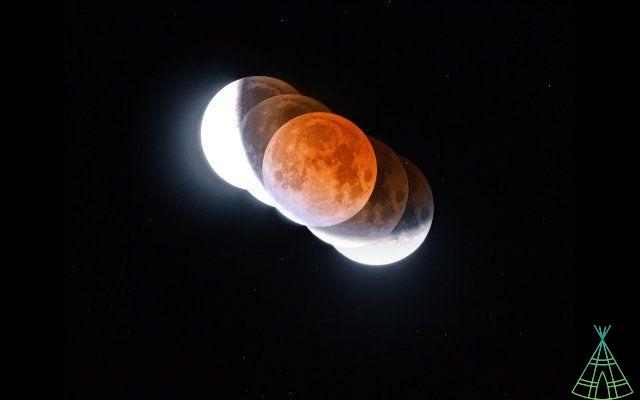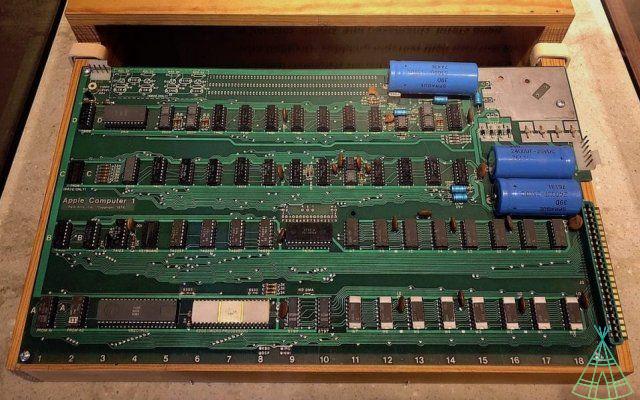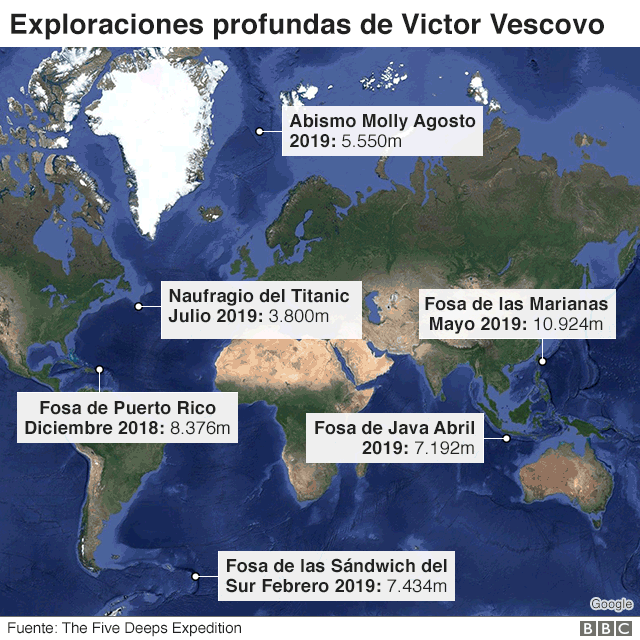A new project wants to launch a space telescope and point it at Alpha Centauri, the constellation closest to our solar system, in order to determine if there is life on potential exoplanets existing in the orbits of their stars.
The initiative is spearheaded by Breakthrough Initiatives, in collaboration with Eduardo Bendek, an optical engineer at NASA's Jet Propulsion Laboratory. “Even in the closest and brightest stars in the night sky, finding planets is an immense technological challenge,” said Bendek himself, in a statement released by the mission's official page.
Read also
- Hubble Telescope: NASA Reports Next Steps for Recovery
- Could a small telescope far from the sun unravel the universe's great mysteries?
- Video shows James Webb Space Telescope “unboxing”
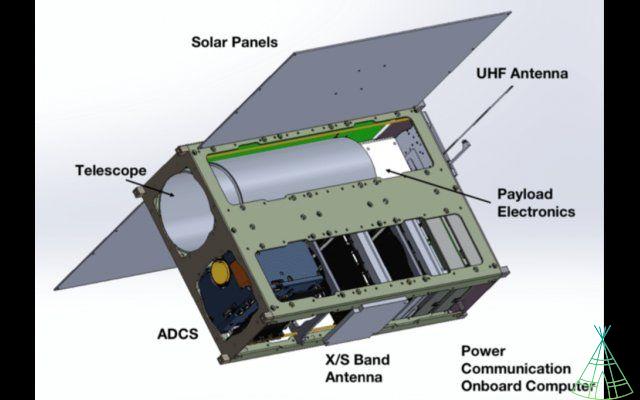
The mission, titled “TOLIMAN”, will start the development of a special telescope a “diffractive pupil lens”. Basically, she is able to scatter starlight in a moving pattern that resembles the shape of a flower. By causing this expanded view of light, it will allow distortions in the motions of stars to be better detected.
This is because alterations in these movements are usually indications of an object with a strong gravitational attraction passing close to the star – like a planet. “Our TOLIMAN mission will launch a custom-built space telescope that takes extremely fine-grained images of a star's position in the sky. If a planet in its orbit passes by, there will be a small 'twist', which is measurable,” said Bendek.
Alpha Centauri is the closest star system to Earth, and has three main stars: α Centauri A (or Rigil Kentaurus), α Centauri B (or Toliman, serving as the name of the mission) and, finally, the closest star to us. α Centauri C (officially Proxima Centauri). The “α” is the letter “alpha” in the Greek alphabet.
Of these three, Proxima Centauri, a red dwarf, has confirmed at least two exoplanets relatively similar to Earth.
Despite the very short distance from us – especially compared to other observed objects – human visits to Proxima Centauri are still pure science fiction: it is located four light years away, but one light year equals almost 9,5 trillion kilometers ( km) – unfeasible distance for any human crew to travel.
Because of this, analyzing the system from a distance is the most obvious way out, but for several reasons, scientific knowledge about the region still eludes us: “our closest stellar neighbors — Alpha Centauri and Proxima Centauri — are slowly becoming extraordinarily interesting. ”, said Pete Worden, executive director of Breakthrough Initiatives, also via unicado. "The TOLIMAN mission will be a major step forward in discovering planets capable of supporting life."
Have you watched our new videos on YouTube? Subscribe to our channel!











